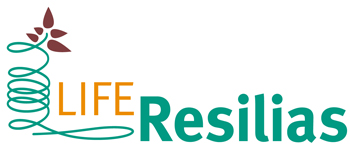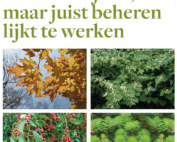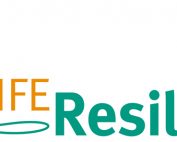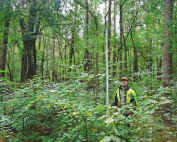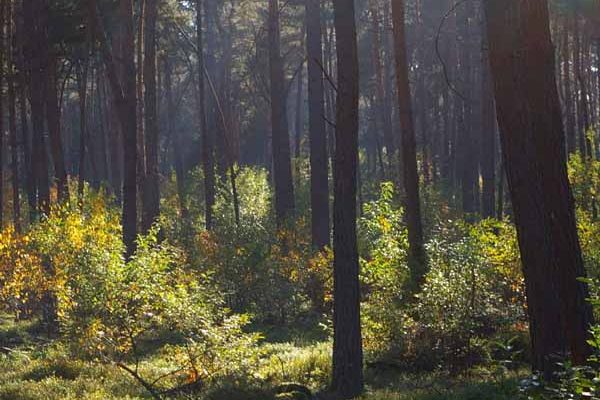
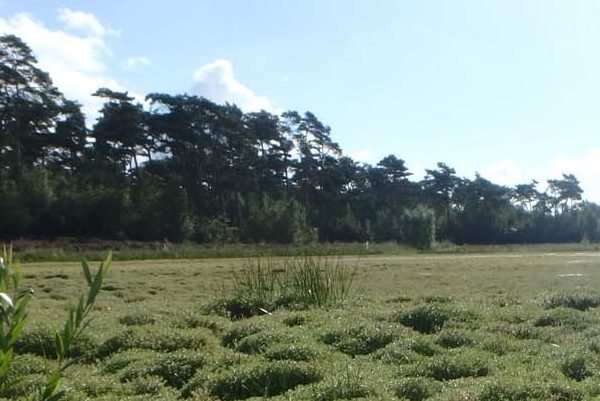
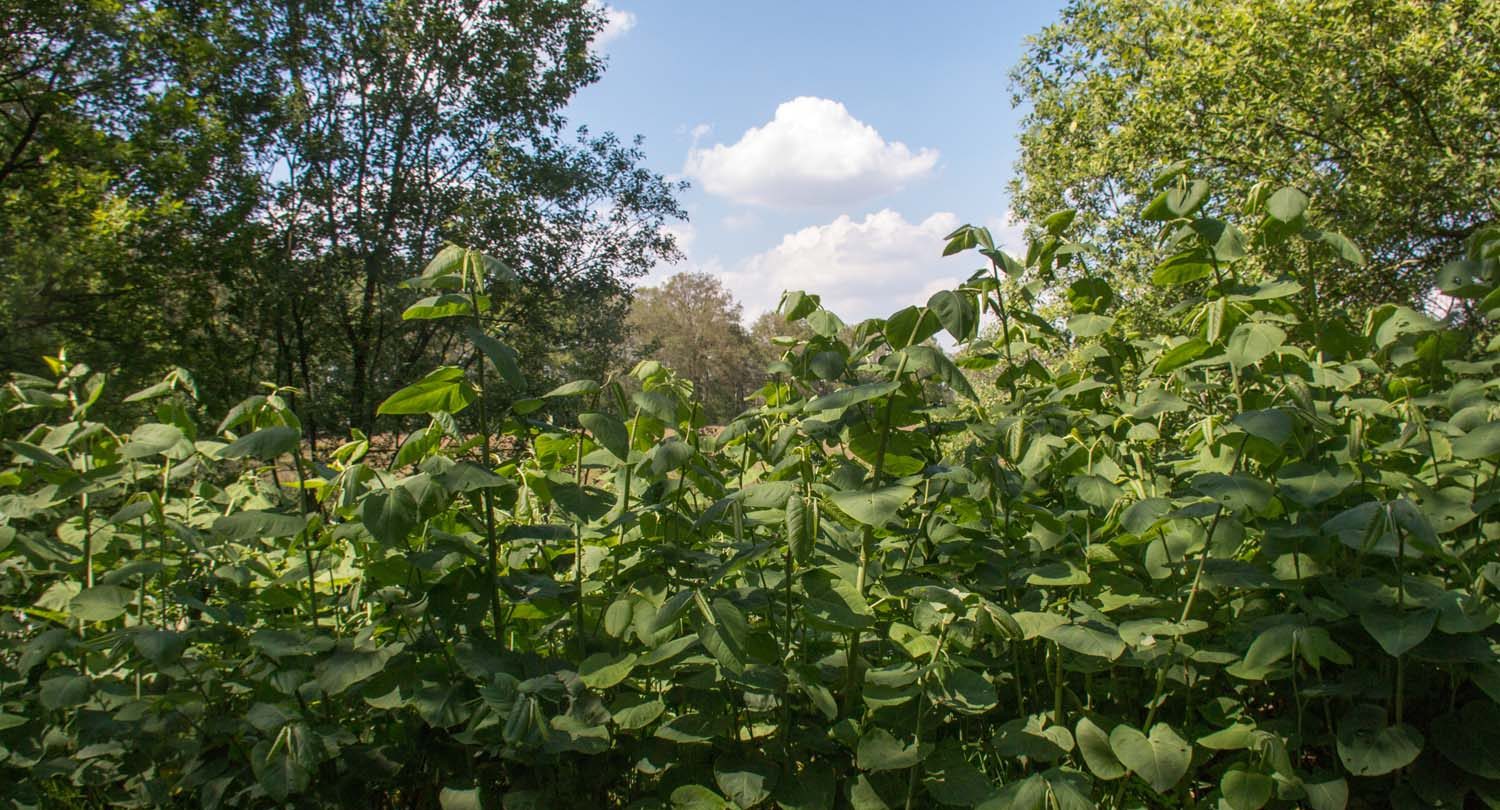

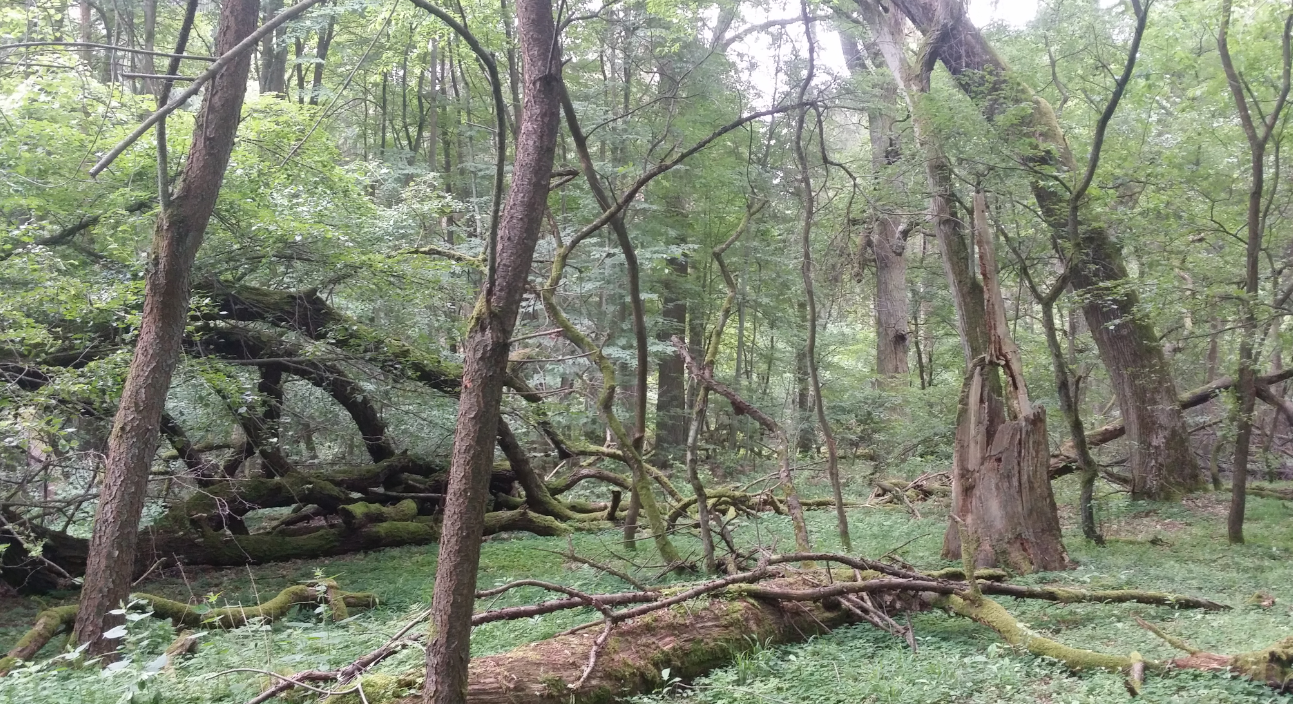
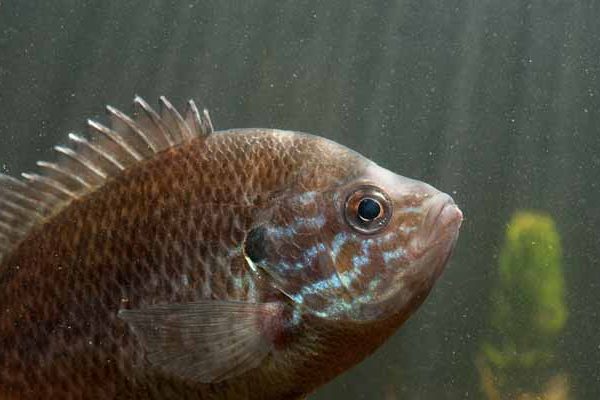
LIFE Resilias focusses on system restoration in different areas and demonstrates how the ecosystem resilience approach works
Within the project several ecosystems have been selected where alien species pose a threat or are already a problem. In these sample areas we show managers, owners, policy makers and other stakeholders how to apply the ecosystem resilience approach and what is needed in management. We also follow the results of these management measures through careful monitoring. The overview below shows the sample areas of this project. More information per area will follow as the project progresses.
The sample areas
The selected areas have been classified based on the presence of one of the four chosen invasive alien species studied in this project:
Black cherry (Prunus serotina)
- Forests of the Huijbergen waterextraction area, Evides
- Gassels Bos, municipality of Grave
- Groote Heide water catchment area forests, Brabant Water, Heeze Leende
Japanese knotweed (Fallopia Japonica)
- Streamside woods Hertgang, Landgoed de Utrecht
- Streamside woods along de Rovertse Leij, Gorp en Rovert
- Streamside woods Tongelreep, municipality of Valkenswaard
- Wakkerendijk, grass verge near Baarn, Provincie Utrecht
- Gageldijk, grass verge, city of Utrecht
- Various roadsides and watercourses
Australian swamp stonecrop (Crassula helmsii)
- Akkerenven, Staatsbosbeheer
- Two dune valleys in Het Zeepe
- Ponds water extraction area Halsteren, Evides
Pumpkinseed sunfish (Lepomis gibbosus)
- Lisseven, municipality of Waalre
- Surea, Staatsbosbeheer, forestry department Dorst
- Rozenven, Visdonk estate
- Gooren and Krochten, 2 ponds, Staatsbosbeheer
Want to take a look at a sample area?
During the project we regularly invite managers, owners, policymakers, and other stakeholders to visit the sample areas. For example, during a field excursion or organising a walking route. As soon as there is more information regarding date and time of certain activities, this will be indicated in the agenda.
LIFE Resilias focusses on system restoration in different areas and demonstrates how the ecosystem resilience approach works
Within the project several ecosystems have been selected where alien species pose a threat or are already a problem. In these sample areas we show managers, owners, policy makers and other stakeholders how to apply the ecosystem resilience approach and what is needed in management. We also follow the results of these management measures through careful monitoring. The overview below shows the sample areas of this project. More information per area will follow as the project progresses.
The sample areas
The selected areas have been classified based on the presence of one of the four chosen invasive alien species studied in this project:
Black cherry (Prunus serotina)
- Forests of the Huijbergen waterextraction area, Evides
- Gassels Bos, municipality of Grave
- Groote Heide water catchment area forests, Brabant Water, Heeze Leende
Japanese knotweed (Fallopia Japonica)
- Streamside woods Hertgang, Landgoed de Utrecht
- Streamside woods along de Rovertse Leij, Gorp en Rovert
- Streamside woods Tongelreep, municipality of Valkenswaard
- Wakkerendijk, grass verge near Baarn, Provincie Utrecht
- Gageldijk, grass verge, city of Utrecht
- Various roadsides and watercourses
Australian swamp stonecrop (Crassula helmsii)
- Akkerenven, Staatsbosbeheer
- Two dune valleys in Het Zeepe
- Ponds water extraction area Halsteren, Evides
Pumpkinseed sunfish (Lepomis gibbosus)
- Lisseven, municipality of Waalre
- Surea, Staatsbosbeheer, forestry department Dorst
- Rozenven, Visdonk estate
- Gooren and Krochten, 2 ponds, Staatsbosbeheer
Want to take a look at a sample area?
During the project we regularly invite managers, owners, policymakers, and other stakeholders to visit the sample areas. For example, during a field excursion or organising a walking route. As soon as there is more information regarding date and time of certain activities, this will be indicated in the agenda.






Latest news
Interview: Managing rather than fighting seems to work
Trade magazine My Nature interviewed Jessica Snoek, the new project leader of LIFE Resilias for the autumn issue of 2025. The article 'New insights argue [...]
Resilias in France
The French government, together with species, biodiversity and invasive species organisations, organises exchanges on invasive species between policymakers and researchers. Introduction by Bart [...]
Publication: Rejuvenation under American bird cherry - a guide for forest managers
To better understand the impact of bird cherry on the rejuvenation of native tree species, the Technical University of Dresden conducted a [...]
